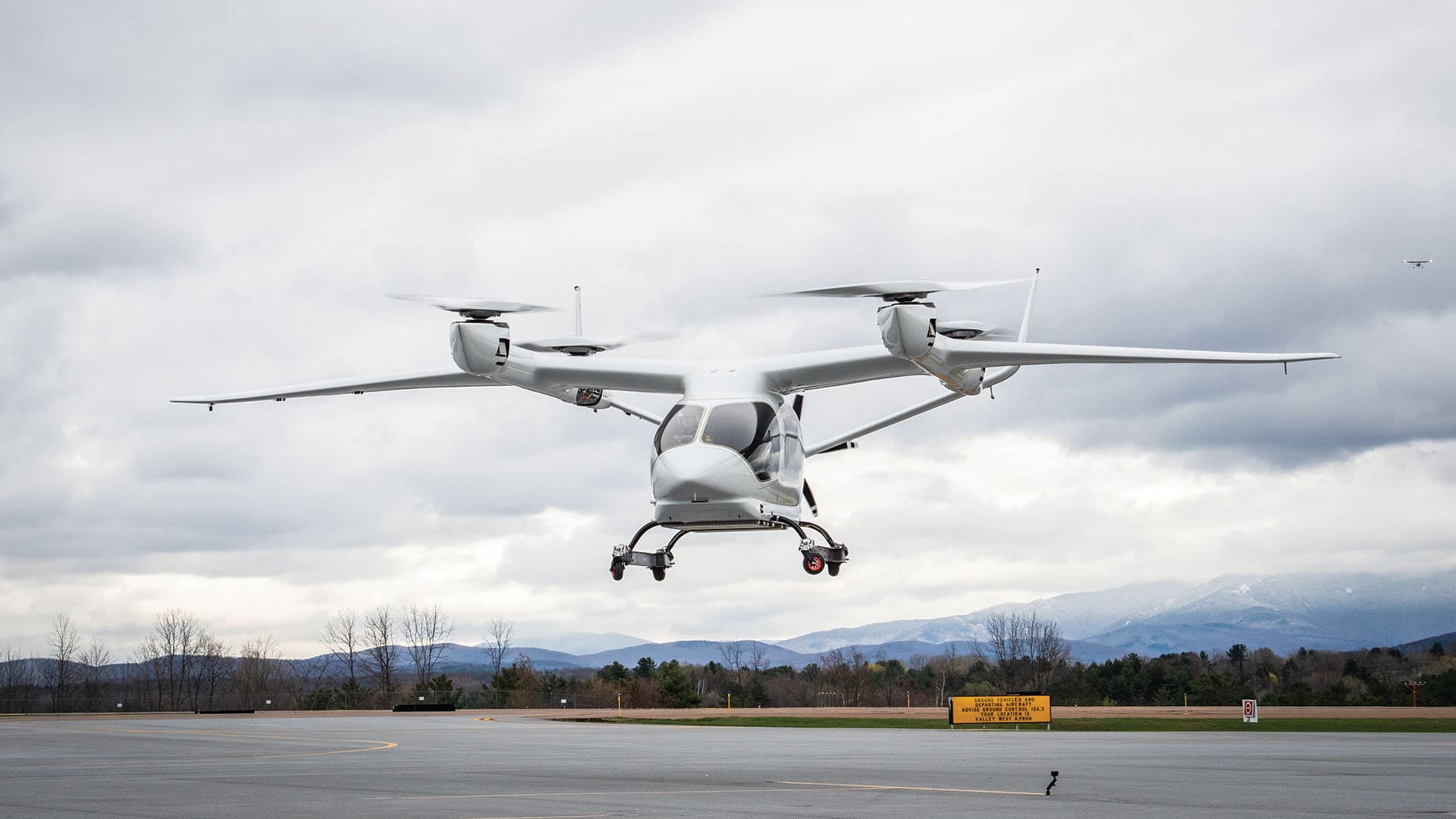Air New Zealand’s Electric Aviation Revolution
Air New Zealand has just charted a more sustainable course for delivering cargo by partnering with Beta Technologies to introduce the ALIA electric aircraft to the fleet. The ALIA electric aircraft, a brainchild of Beta Technologies, is a hallmark of modern engineering and environmental consciousness. Designed with a 50-foot wingspan, the aircraft stands out for its sleek, futuristic design. It is a battery-powered model, capable of accommodating up to five passengers or an equivalent cargo load.
The ALIA offers a commendable range of 480 km on a single charge, with a top speed of 270 km/h. One of the notable features of the ALIA is its relatively swift charging capability, requiring only 40 to 60 minutes to fully recharge its batteries.
Air New Zealand has confirmed an order for one ALIA aircraft, with the option to acquire two more and rights for an additional 20 units. The introduction of these electric aircraft is scheduled for 2026, initially focusing on cargo services. This venture represents one of the first major commitments by a commercial airline to transition to electric aircraft for regular operations.

Beta Technologies, established in 2017 and based in Vermont, USA, has rapidly emerged as a key player in the electric aviation sector. The company’s vision to revolutionise air travel with sustainable and efficient aircraft has garnered significant attention and a chunk of VC investment along the way.
Air New Zealand’s integration of the ALIA aircraft is part of a broader strategy to reduce its environmental impact. Recognising the urgent need to address climate change, the airline has been actively seeking partnerships with other electric plane manufacturers. This global search indicates a commitment to a comprehensive overhaul of its fleet, shifting from conventional fuel-based aircraft to more sustainable options.
The transition to electric aircraft, while promising, presents several challenges. One primary concern is the development of adequate infrastructure, including charging stations at airports. There’s also the need for regulatory frameworks to adapt to this new class of aircraft, ensuring safety and efficiency in operations.
On the flip side, the adoption of electric aircraft offers numerous opportunities. It positions Air New Zealand as a leader in sustainable aviation, potentially influencing other airlines to follow suit. Additionally, operating electric aircraft could lead to reduced operational costs in the long term, particularly in terms of fuel expenditure.
As Air New Zealand prepares for the introduction of the ALIA, the move is seen as a significant step towards the future of air travel. This transition to electric aircraft is not just about adopting new technology; it’s about redefining the relationship between aviation and the environment.

